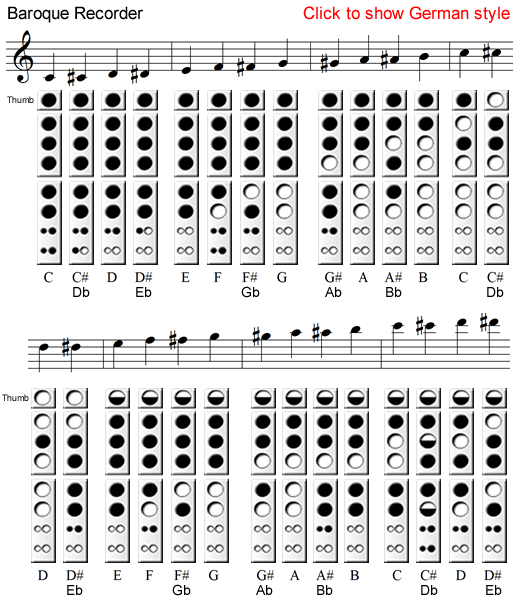
On Baroque recorders, the 4th hole from the bottom is smaller than the 3rd hole from the bottom. On German, it's reversed.
If you have an Alto recorder, the fingering pattern is the same. Only the note names change.
Use the pads of your fingers and keep them flat over the holes to get the best seal. Your elbows should be near your body, but not touching so that your wrists are comfortable and not bent much. This makes the flat fingers feel natural.
Avoid the tips of your fingers, because they aren't wide enough. It's okay for your fingers to hang off the edge of the recorder some, and you can experiment. The first knuckle over the hole is too far.
When first learning, it helps to play notes adding only one finger at a time, starting with the thumb and first finger on the left hand. Practice adding one finger at a time so you can get used to covering the holes. When notes squeak, it can help to do this exercise.
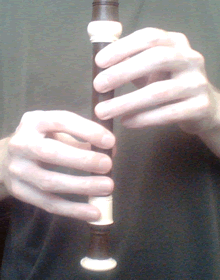
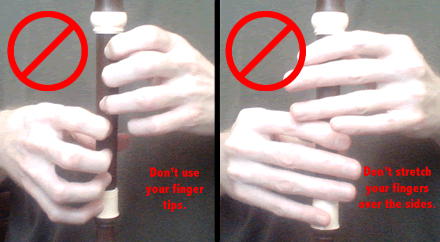
Don't get discouraged! It will take a little bit of time, but soon your fingers will develop the feel, and it gets easy.
When we play notes on recorder we think about air pressure and how our tongue lets us control it.
Think of your tongue being the valve that lets air start to flow or stops it again. We keep the air pressure always "turned on." But our tongue regulates when air is allowed to flow. We stop the air from flowing by touching our tongue to the roof of our mouth, just behind our upper front teeth.
Try this first without your recorder. Touch your tongue to the roof of your mouth behind your teeth and try to breathe out. But make sure your tongue doesn't let the air out.
Now release the air for a short time. When you release the air, it's like saying "Tu" or "Du." Your tongue breaks contact with the roof of your mouth, and the air can flow.
When you touch the tongue back to the roof of your mouth again, it stops the air from flowing, even though the air pressure continues.
Now try this on your recorder. The amount of air pressure you need is not much. It's like a whisper. Blowing too hard will make the recorder go too high.
"Tu" and "Du" create different sounds. The "T" sound, with the tip of our tongue touching the roof of the mouth, sounds brighter than the "D" sound, which flattens the tongue more. We use both when playing recorder to change the sound we want.
Often we don't want space between our notes. We want to keep things smooth. To do this, we combine the end of one note with the start of the next. So our tongue only briefly touches the roof of our mouth between notes, stopping the air for as short a time as possible.
To play upper notes on recorder, we do something we call "half thumb," indicating we open up part of the thumb hole, but not all. The amount we open up is actually much less than half. We only leave a tiny gap for the air. There are two common techniques for this, with Technique 1 usually being more reliable for the highest notes:
Thumb Technique 1: "Pinching" - For the "half thumb" notes, put your thumbnail against the upper edge of the thumb hole to create a tiny gap:
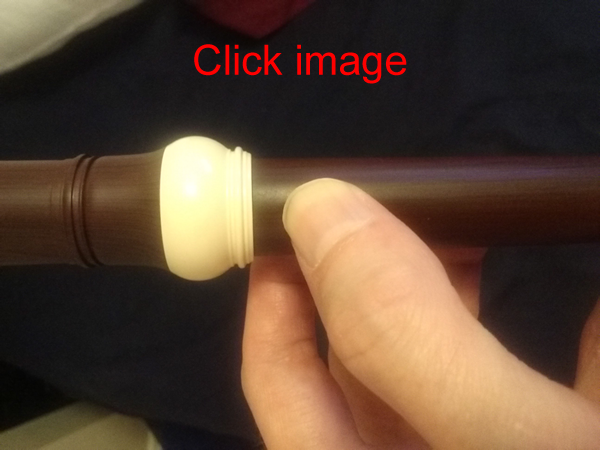
Thumb Technique 2: "Rolling" - Rock your thumb backwards slightly to create a tiny gap:
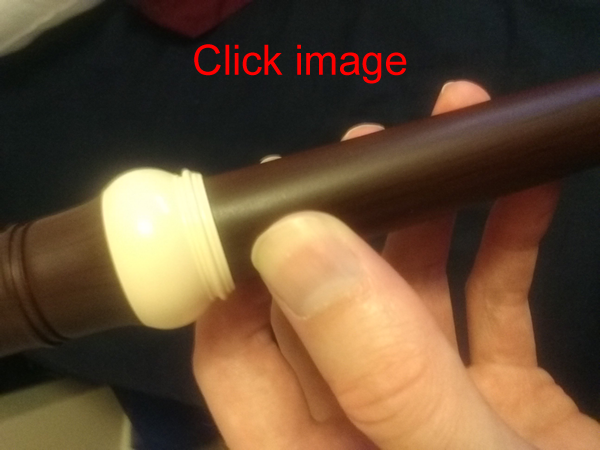
Practice your thumb technique by moving back and forth between low G and high G. Only your thumb changes.
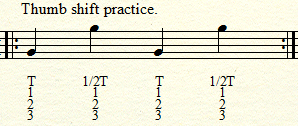
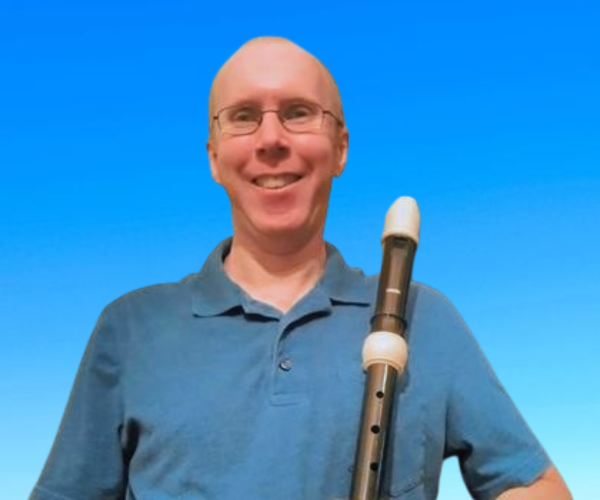
My name is Tyler, and I'm excited to help you start your musical journey with recorder! New players of all ages are welcome!
The recorder is easier to start with than most instruments, and this is how it helps us learn a broad set of music skills that make music fun! As your teacher, I will help you learn to read sheet music and also learn to play songs "by ear" with no music at all. We will learn about music theory and open doors for you to play music from chord symbols and even compose your own music. I will introduce you to song looping, which is a super fun and effective way to develop our technique and musicianship. At each stage I'll help you learn the recorder technique you need so that you can apply it to our weekly music projects.
The secret to a successful musical journey lies in having fun and seeing our own growth. Music progress is not always steady, and at times we may feel like we're moving backwards. But by giving ourselves small, achievable goals to work towards, we can more easily see the progress we're making. Everyone is unique, and what brings us joy in music is also unique to us. Together we'll discover many aspects of music and help you discover what you love most!
For our lessons, you will need a laptop or desktop computer or an iPad and headphones. We'll use Google Meet for video meetings. We'll also use a new tool called LoopCollab which makes it possible for us to play music together and share feedback between lessons on weekly song projects. It's great fun and an amazing new tool for online music education.
To get started, I invite you to try two free lessons with me! In our first lesson, we'll talk about what you already know about recorder and music. We'll talk about the type of music you want to play. Then I'll help you get the necessary free tools for our lessons. If you don't have a recorder, I can point out some good first choices. Finally, we'll dive into playing some music together with LoopCollab! We'll begin a new song project together that you can work on for the first week and prepare for the second lesson where we will talk about your recordings and progress.
After your free lessons, if you decide to continue, my regular lesson fee is $30 per weekly 45 minute lesson. I'm very excited to work with you and help guide you as you discover the amazing world of music!
Recorder was not my first instrument. That was trumpet in 6th grade band, then piano and later euphonium as a music major in college. But after a friend in college asked me to learn recorder to play duets together, recorder quickly become my favorite to play. It's expressive, agile, portable and not physically tiring. It's flexible and amazingly fun to play with many musical styles. It has brought me great joy, and I hope it will do the same for you!